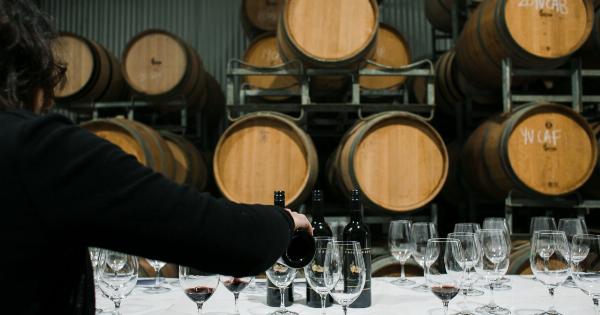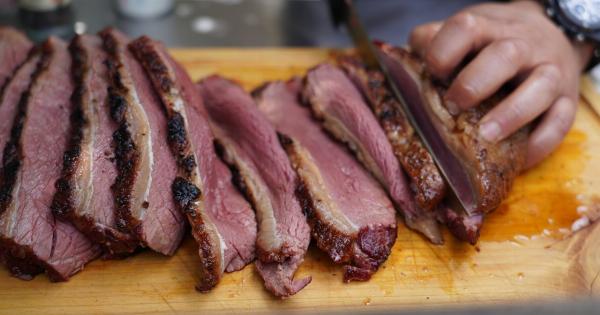Have you ever noticed how some cheese tastes stronger than others? This is because cheese, like wine, changes as it ages. The longer it’s aged, the stronger the flavor becomes.
Let’s explore the fascinating world of cheese aging and learn how to appreciate the different flavors that come with age.
1. How does cheese age?
Cheese is made from milk, which contains milk proteins, milk fat, and water. To make cheese, the milk is curdled using an acid or enzyme, causing the proteins to coagulate and form curds.
These curds are then pressed, shaped, and left to age, either dry or in a brine solution.
As cheese ages, enzymes and bacteria continue to break down the proteins and fats, creating new flavors and textures. The amount of time cheese is aged varies depending on the type of cheese, but can range from a few days to several years.
2. What happens to cheese as it ages?
As cheese ages, several things happen. First, moisture evaporates from the cheese, creating a denser texture. Second, bacteria and enzymes continue to break down the proteins, which creates new flavors and aromas.
Third, the fat in the cheese begins to oxidize, which gives aged cheese its characteristic nutty and fruity flavors.
During the aging process, cheese can also develop mold. In some cases, such as with blue cheese, the mold is intentionally added to the cheese.
In other cases, mold can grow on the cheese naturally, which can either enhance or ruin the flavor of the cheese, depending on the type of mold.
3. How is cheese aged?
There are two main ways cheese is aged: dry aging and brine aging. Dry aging involves leaving the cheese out in a controlled environment, such as a cheese cave or aging room, where temperature and humidity levels are carefully monitored.
This method is used for hard cheeses, such as Parmesan, which are aged for several months to several years.
Brine aging, on the other hand, involves submerging the cheese in a saltwater solution, which helps preserve the cheese while also adding flavor. This method is used for soft, fresh cheeses, such as feta, which are aged for a few days to a few weeks.
4. What are some examples of aged cheese?
Some of the most popular aged cheeses include:.
- Cheddar – Aged Cheddar can be sharp, nutty, and fruity, depending on its age.
- Swiss – Aged Swiss cheese has a nutty flavor and a firm, dense texture.
- Gouda – Aged Gouda can have a caramel-like sweetness and a crunchy texture.
- Brie – Aged Brie has a stronger, more pungent flavor than fresh Brie.
- Blue cheese – Blue cheese, such as Roquefort and Gorgonzola, is intentionally aged with mold, which gives it a distinct sharp and tangy flavor.
5. How long should you age cheese?
The length of time cheese should be aged depends on the type of cheese, as well as personal taste preferences. Generally, softer cheeses are aged for a shorter period of time, while harder cheeses can be aged for several years.
Cheese that is too young can have a bland or rubbery flavor, while cheese that is too old can be overpowering or even rancid.
6. How to serve and enjoy aged cheese?
Aged cheese is best served at room temperature, which helps release its flavors and aromas. Before serving, let the cheese sit out for about an hour to come to room temperature.
Aged cheese can be enjoyed on its own, with crackers or bread, and paired with wine, beer, or fruit. Aged cheese can also be used in cooking, such as in sauces, soups, and gratins.
When eating aged cheese, take your time. Savor the complex flavors and aromas, and appreciate the art of cheese making.
With each bite, you’ll discover new nuances and complexities, making every piece of aged cheese a unique and memorable experience.
Conclusion
Aged cheese offers a world of complexity and flavor that cannot be found in young, fresh cheese.
By understanding how cheese ages, how to enjoy it, and how to properly pair it with other foods and beverages, you can truly appreciate the art of cheese making. So the older the cheese, the stronger the taste, but also the more delicious and rewarding the experience.































